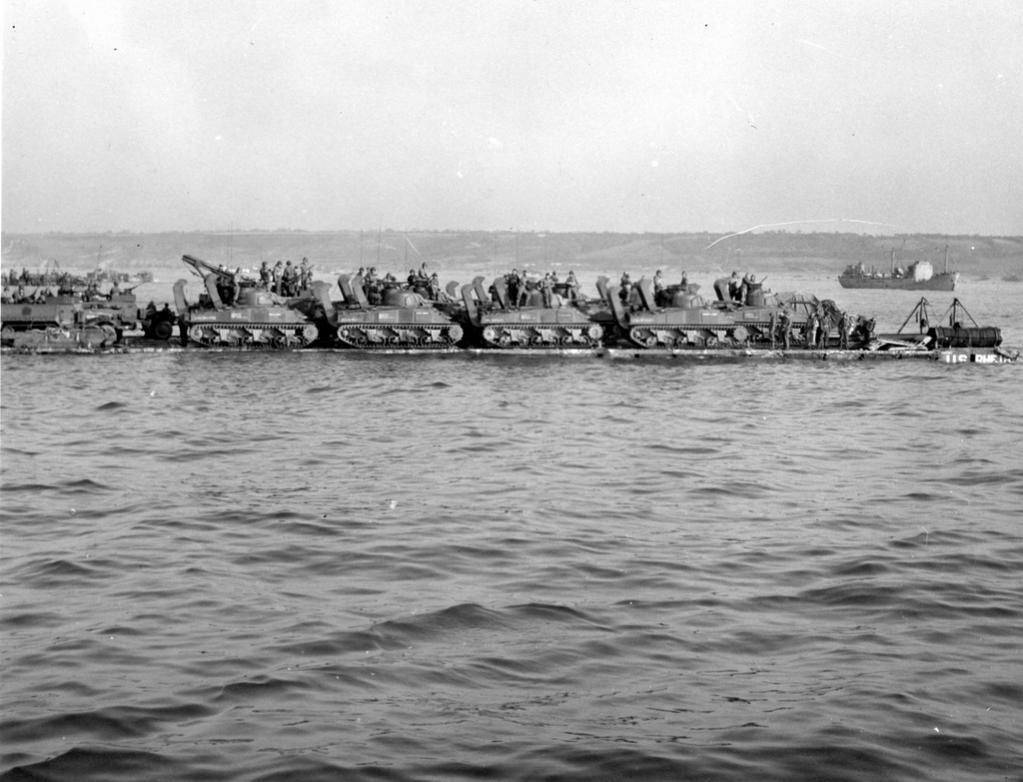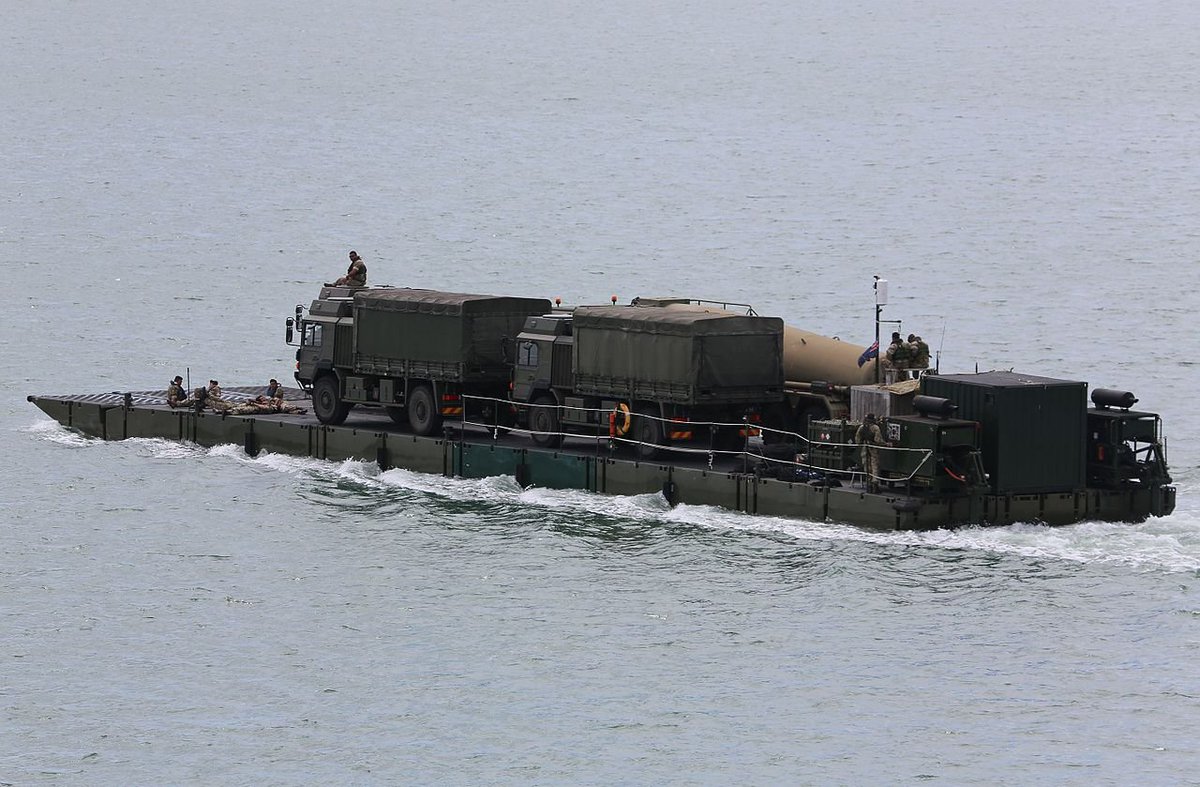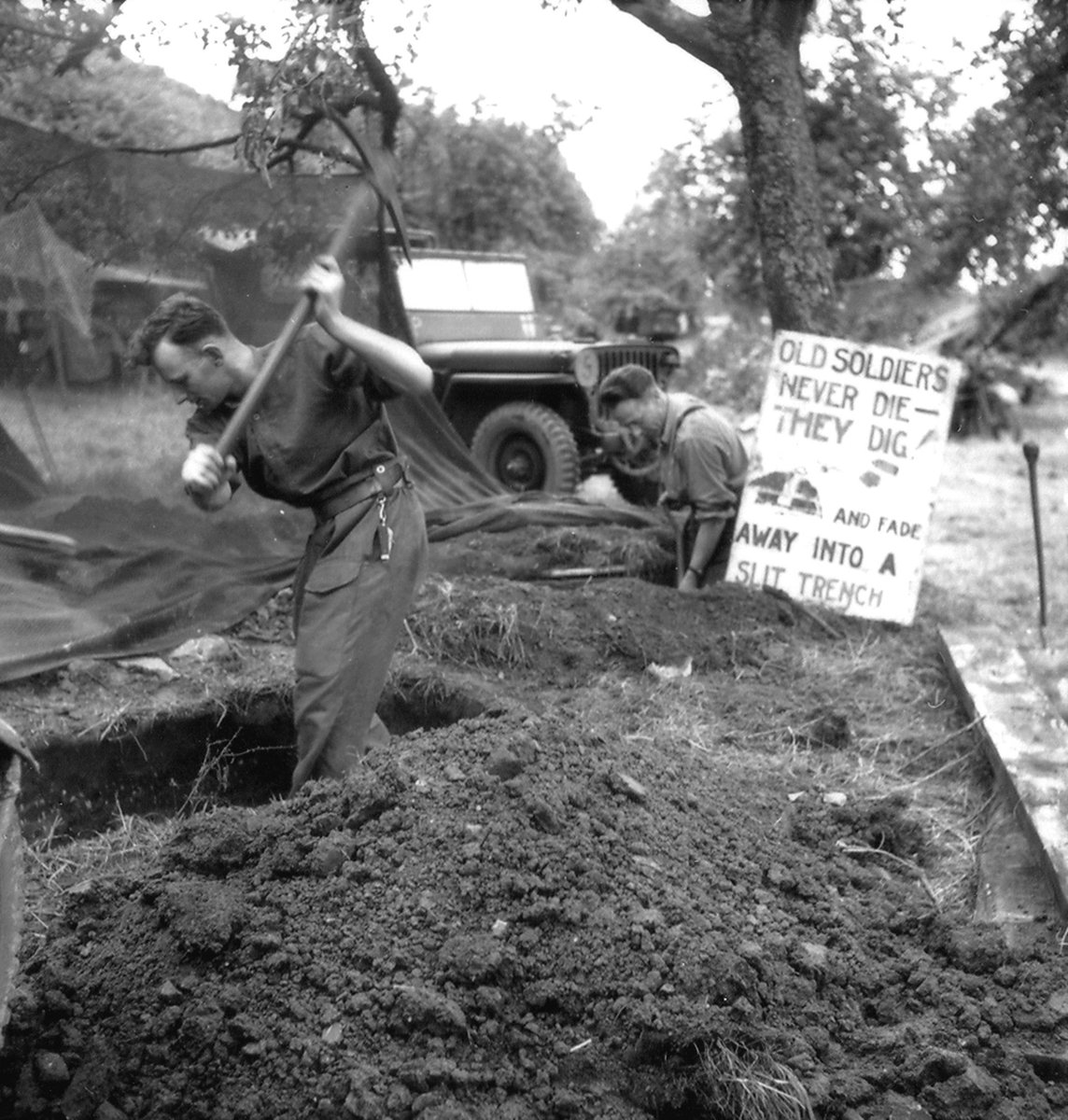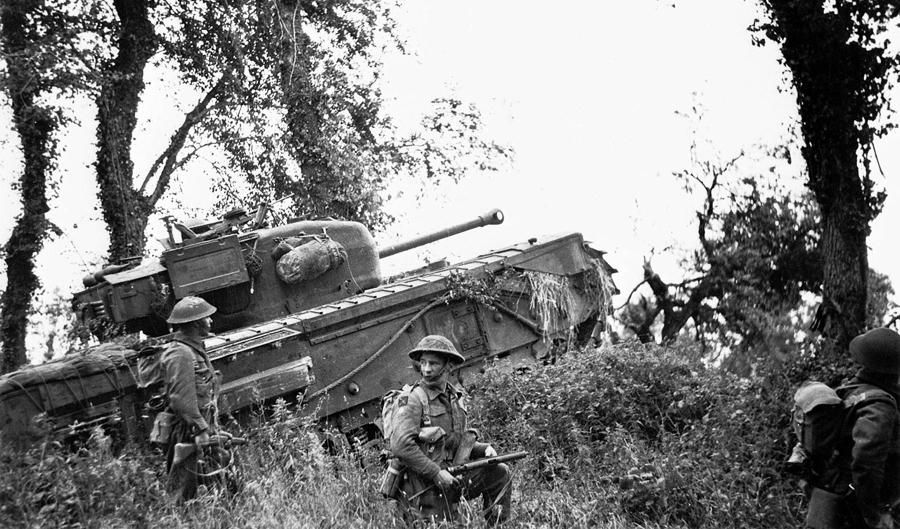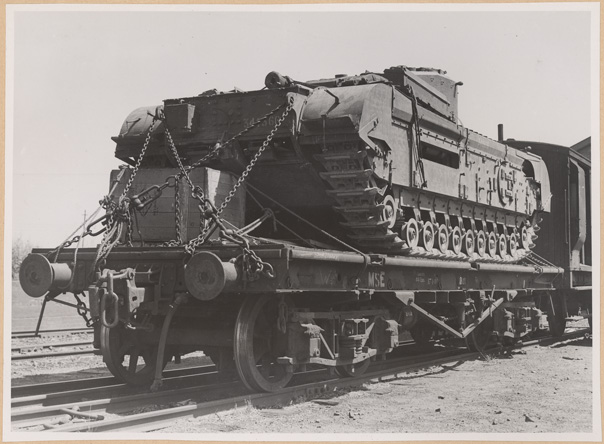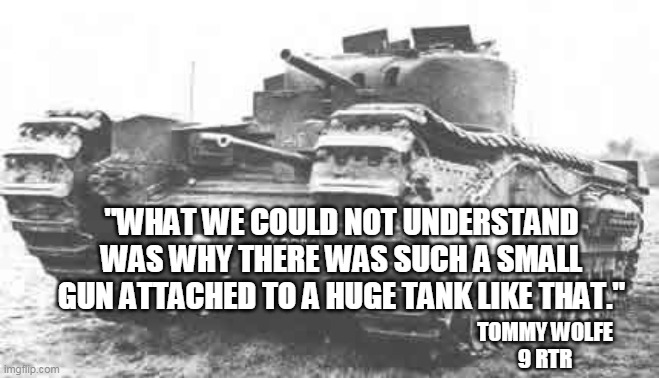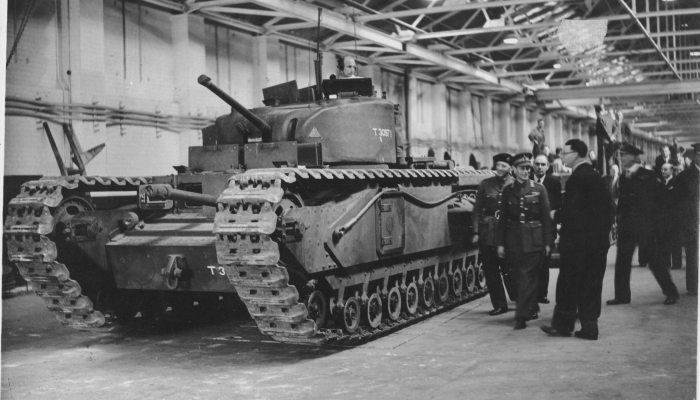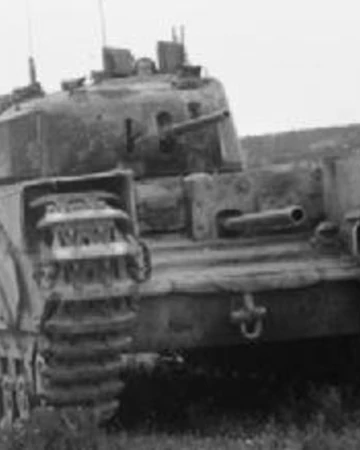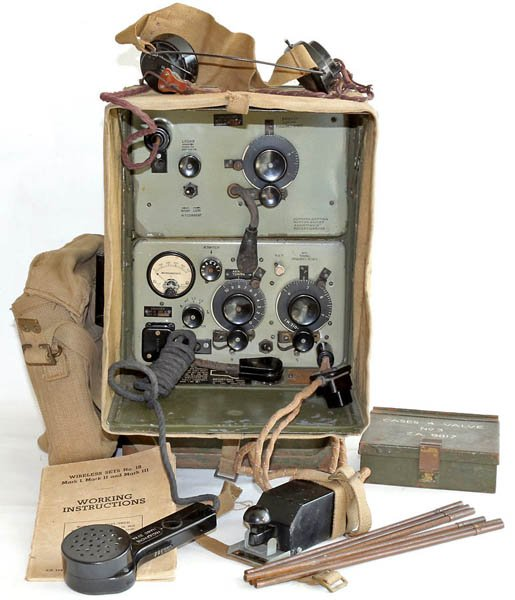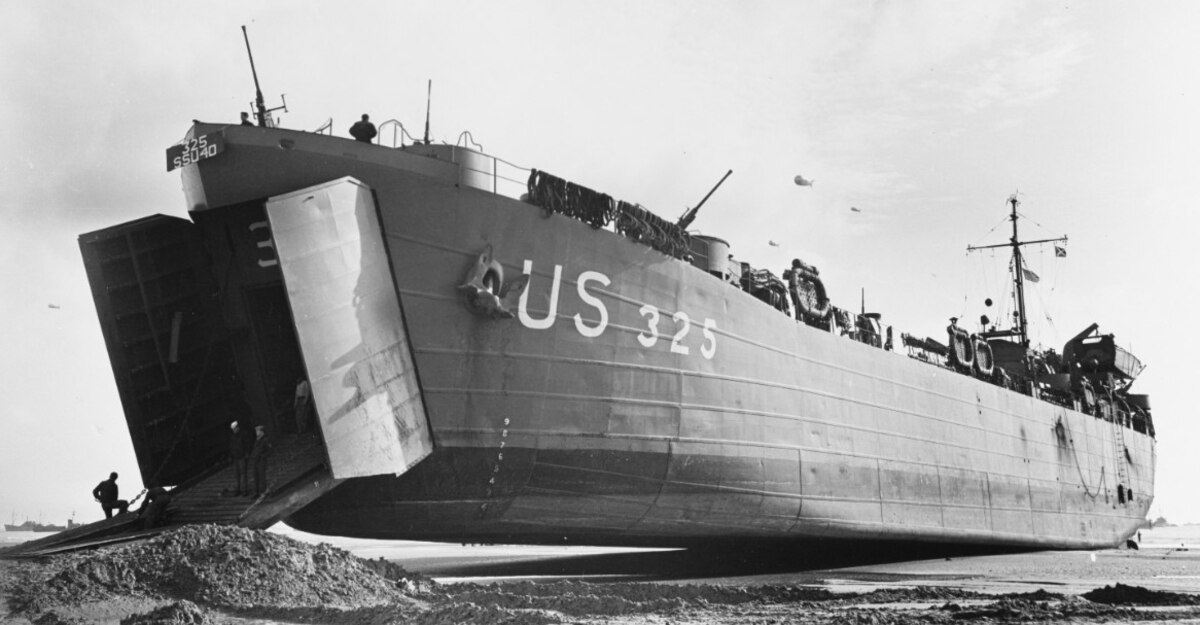
Rhino Barges
One of the dullest, coolest, more bizarre and fascinating pieces of kit used in Normandy.
Which NO ONE REALLY CARES ABOUT.
BUT I DO AND YOU SHOULD TOO.
/1
#WW2 #SWW #History
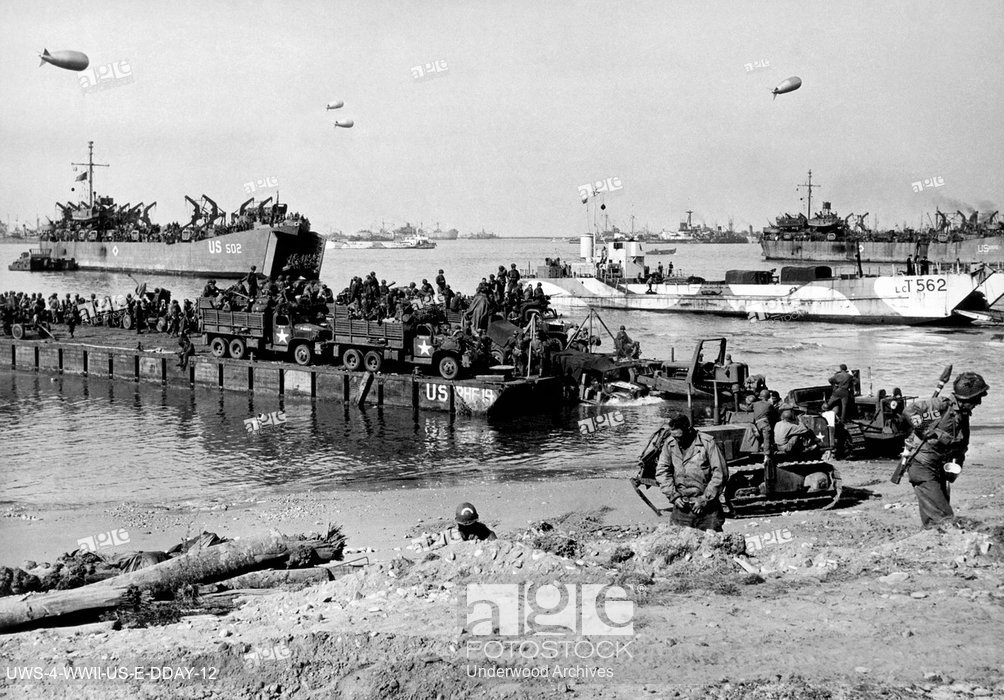

A single LSTs loss represented a capability nick. /3
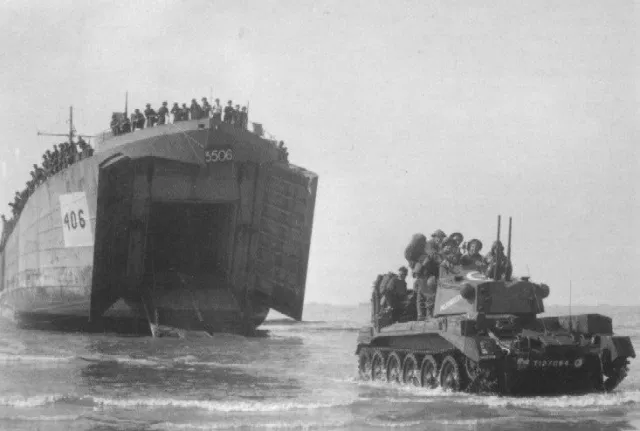
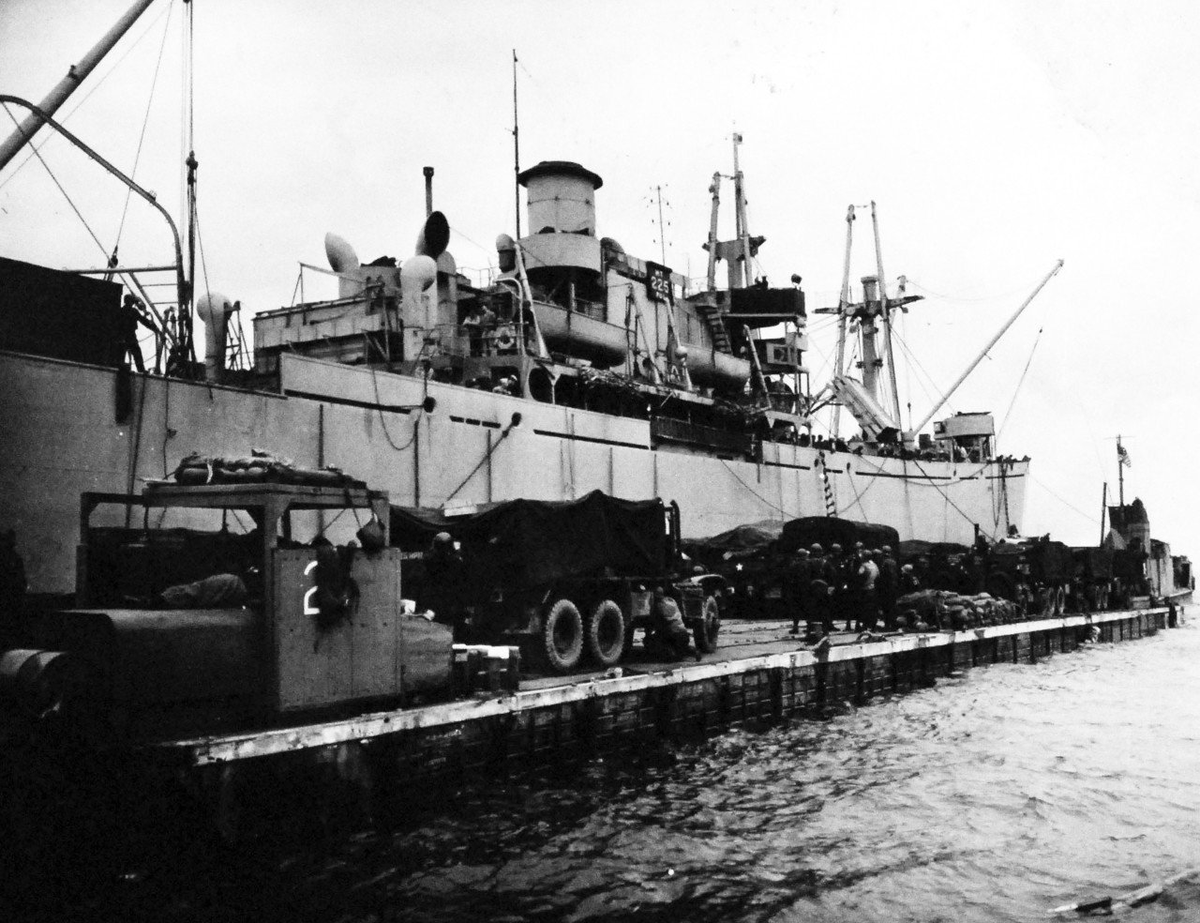
Seriously.
Graceful lines of pure industrial pedigree.
Modular.
LOOK AT IT. /5
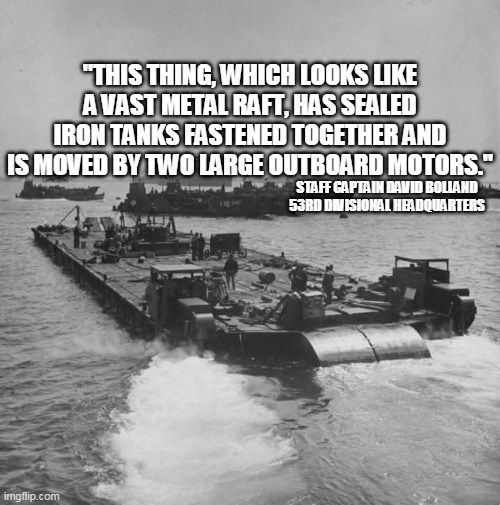
FULL OF GRACE.
MUCH LOVED.
THEY WERE TRUSTED.
SOLDIERS AND SAILORS HAD FAITH IN THEM.
*Undeniable goodest Rhino. /6
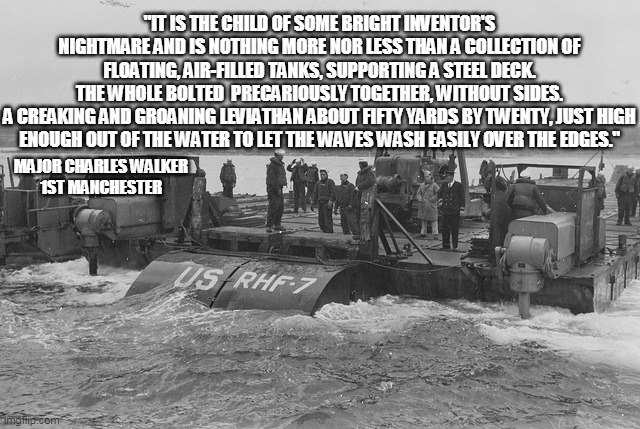
"We were glad to get off the boats! It was a little bit rough. We landed on water but we didn't get wet as we were in a vehicle." /7

They also weighed an absolute ton when loaded, easily overtaxing the small 60 HP outboard engines. /8
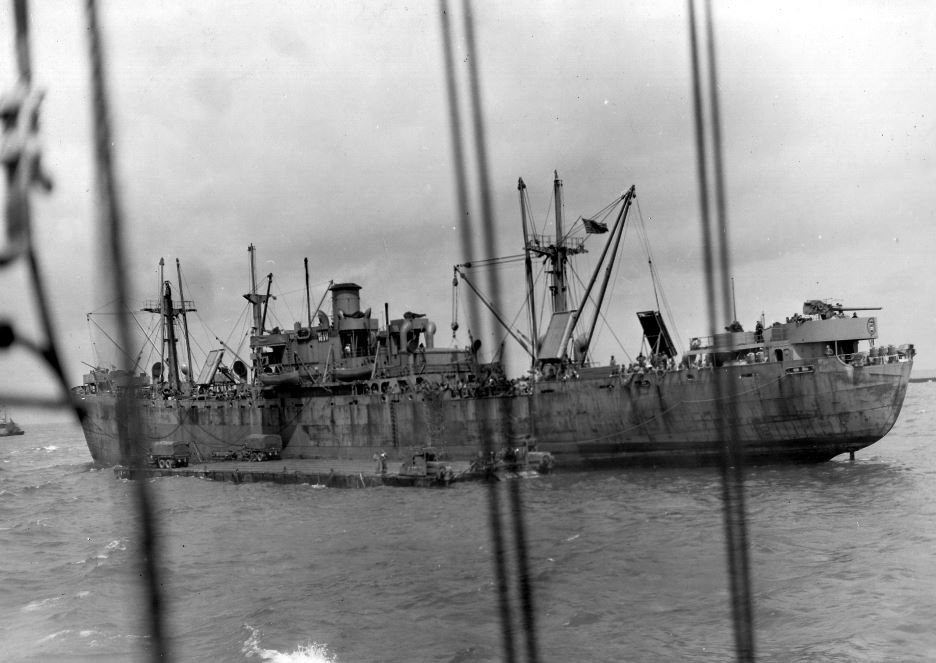
Even these were far too weak to to work deal with such wallowing beasties when fully loaded which could easily come to 500 tons. /9
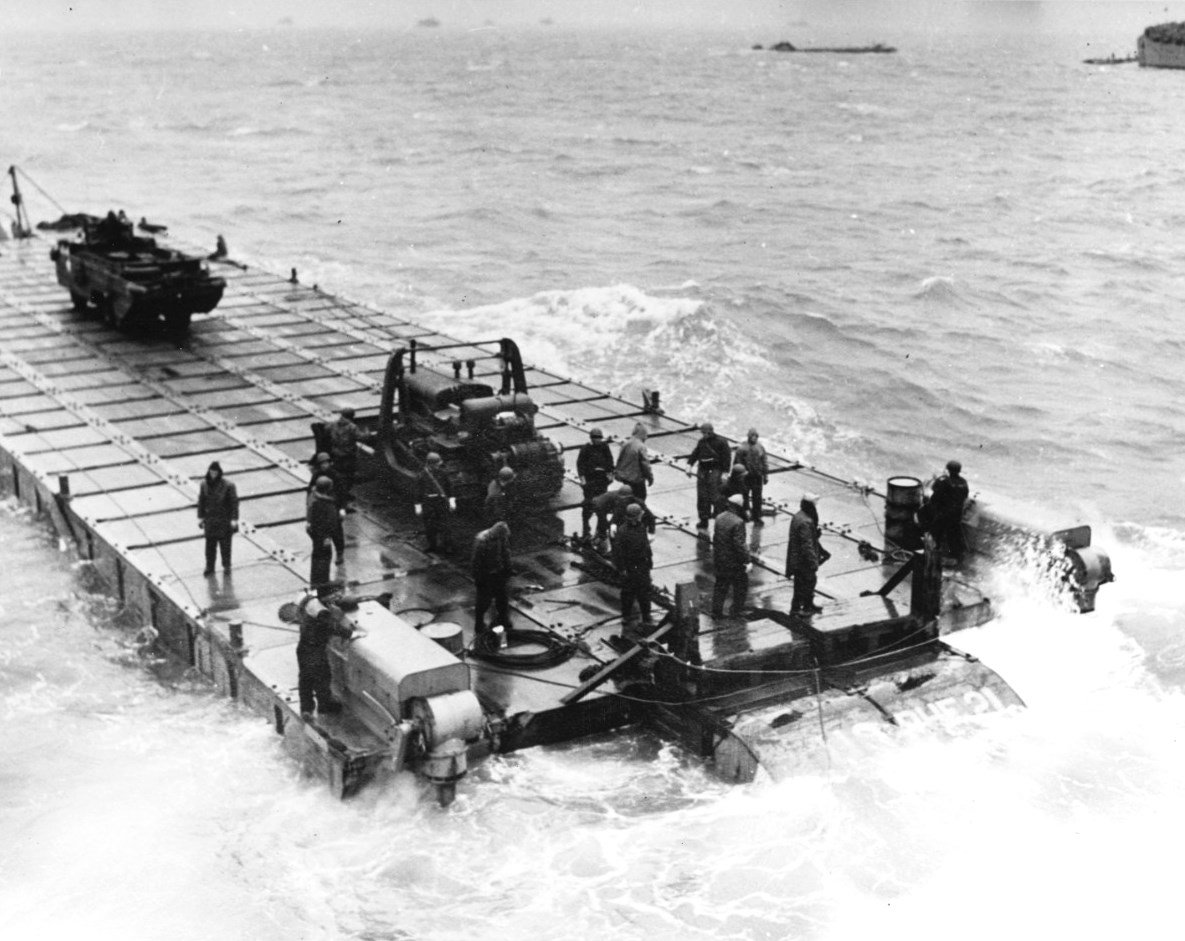
This pushed the direct beaching of LSTs as closer to the norm, and reduced reliance on Rhino transfer. /10
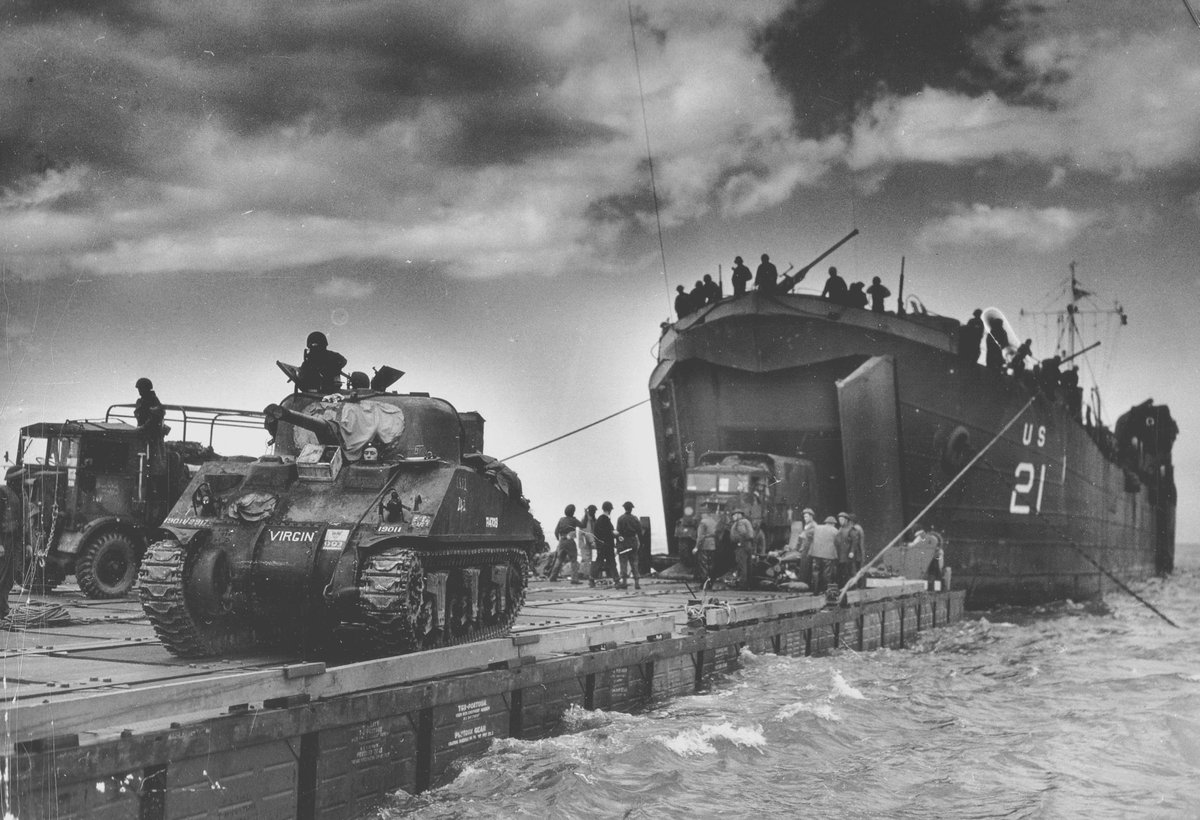
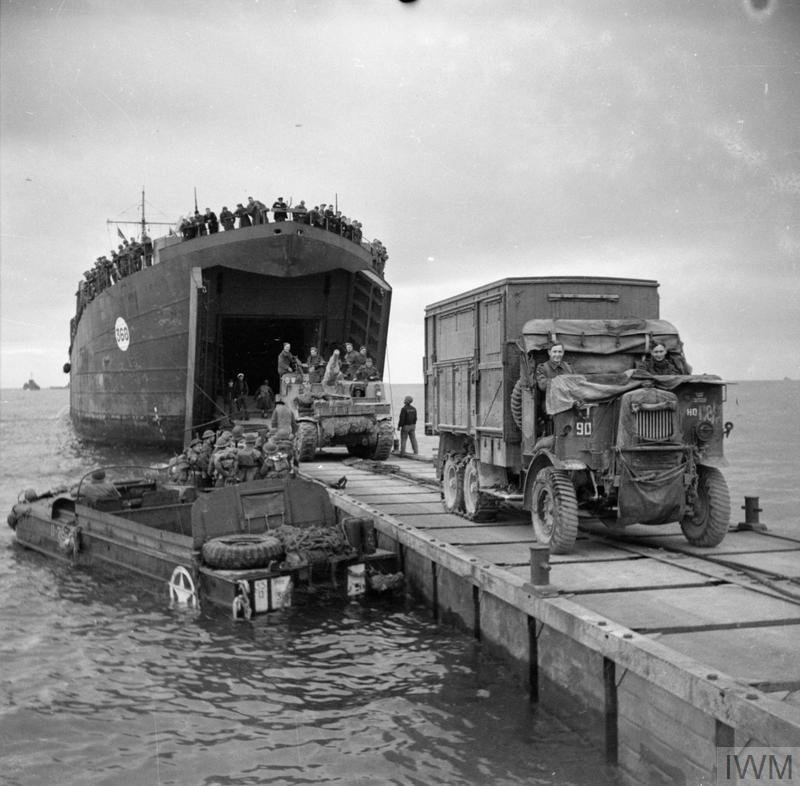
More from Jonathan Ware
More from History
You May Also Like
THREAD PART 1.
On Sunday 21st June, 14 year old Noah Donohoe left his home to meet his friends at Cave Hill Belfast to study for school. #RememberMyNoah💙

He was on his black Apollo mountain bike, fully dressed, wearing a helmet and carrying a backpack containing his laptop and 2 books with his name on them. He also had his mobile phone with him.
On the 27th of June. Noah's naked body was sadly discovered 950m inside a storm drain, between access points. This storm drain was accessible through an area completely unfamiliar to him, behind houses at Northwood Road. https://t.co/bpz3Rmc0wq
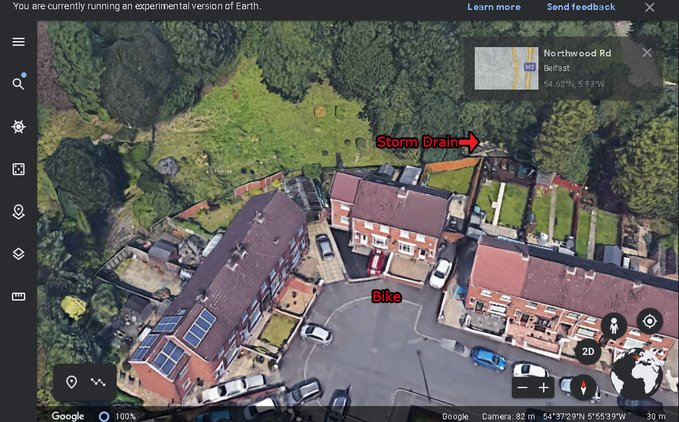
"Noah's body was found by specially trained police officers between two drain access points within a section of the tunnel running under the Translink access road," said Mr McCrisken."
Noah's bike was also found near a house, behind a car, in the same area. It had been there for more than 24 hours before a member of public who lived in the street said she read reports of a missing child and checked the bike and phoned the police.
On Sunday 21st June, 14 year old Noah Donohoe left his home to meet his friends at Cave Hill Belfast to study for school. #RememberMyNoah💙

He was on his black Apollo mountain bike, fully dressed, wearing a helmet and carrying a backpack containing his laptop and 2 books with his name on them. He also had his mobile phone with him.
On the 27th of June. Noah's naked body was sadly discovered 950m inside a storm drain, between access points. This storm drain was accessible through an area completely unfamiliar to him, behind houses at Northwood Road. https://t.co/bpz3Rmc0wq

"Noah's body was found by specially trained police officers between two drain access points within a section of the tunnel running under the Translink access road," said Mr McCrisken."
Noah's bike was also found near a house, behind a car, in the same area. It had been there for more than 24 hours before a member of public who lived in the street said she read reports of a missing child and checked the bike and phoned the police.

